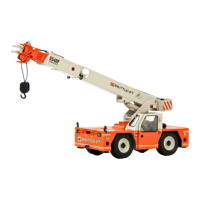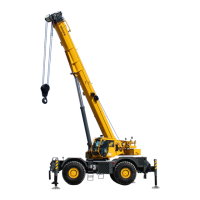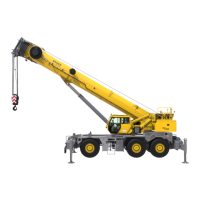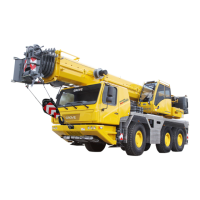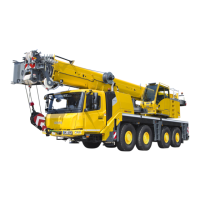GROVE 7-11
CD3340B/YB4411 TRANSMISSION AND TORQUE CONVERTER
Published 04/07/2015 Control # 569-00
TROUBLESHOOTING
General Troubleshooting
Problem Possible Cause Remedy
Lack of power
1. Poor engine condition.
2. Low oil level.
3. Worn pump.
4. Torque converter damaged.
5. Low mainline pressure.
6. Clutches slipping.
7. Internal leakage.
8. High stall speeds.
9. Low stall speeds.
10. Overheating.
1. Check and repair engine if necessary.
2. Add oil to transmission.
3. Check, repair or replace the pump.
4. Check and replace the torque converter.
5. See problem “low mainline pressure” below.
6. Check clutch pressures, check clutch piston rings.
7. Check internal cored passages and the casting for
porosity.
8. See problem “High Stall Speeds (on all clutches).”
9. See problem “Low Stall Speeds (on all clutches).”
10. See problem “Overheating”.
Low Mainline
Pressure.
1. Worn pump.
2. Blocked suction strainer.
3. Pressure maintaining valve
sticking or leaking.
4. Foaming oil.
1. Check, repair, replace the pump.
2. Clean suction strainer.
3. Free sticking valve or replace valve.
4.
a. Internal leakage (cored passages)-inspect
transmission.
b. Dirty suction strainer- clean strainer.
c. High oil level- drain to proper level.
d. Incorrect grade of oil-drain and refill with the correct
oil.
High Stall Speeds (On
all Clutches)
1. Damaged torque converter
blades.
2. Clutches slipping.
3. Internal leakage.
1. Check and replace the torque converter.
2. Remove, inspect and install new clutch friction/counter
plates.
3. Check internal passages and the casing for porosity.
Low Stall Speeds (On
all Clutches)
1. Poor engine condition.
2. Torque converter reaction
member clutch slipping.
1. Check and repair engine.
2. Check and replace the torque converter.
Low Converter Out
Pressure
1.
Low mainline pressure.
2. Con
v
erter internal leakage.
3. Converter relief valve faulty.
4. Restriction in converter feed.
1. See problem “Low Mainline Pressure”.
2. Check and replace the torque converter.
3. Check, repair and replace the relief valve.
4. See item 10 in problem “Overheating.”
Reference Only
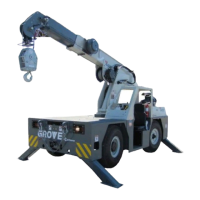
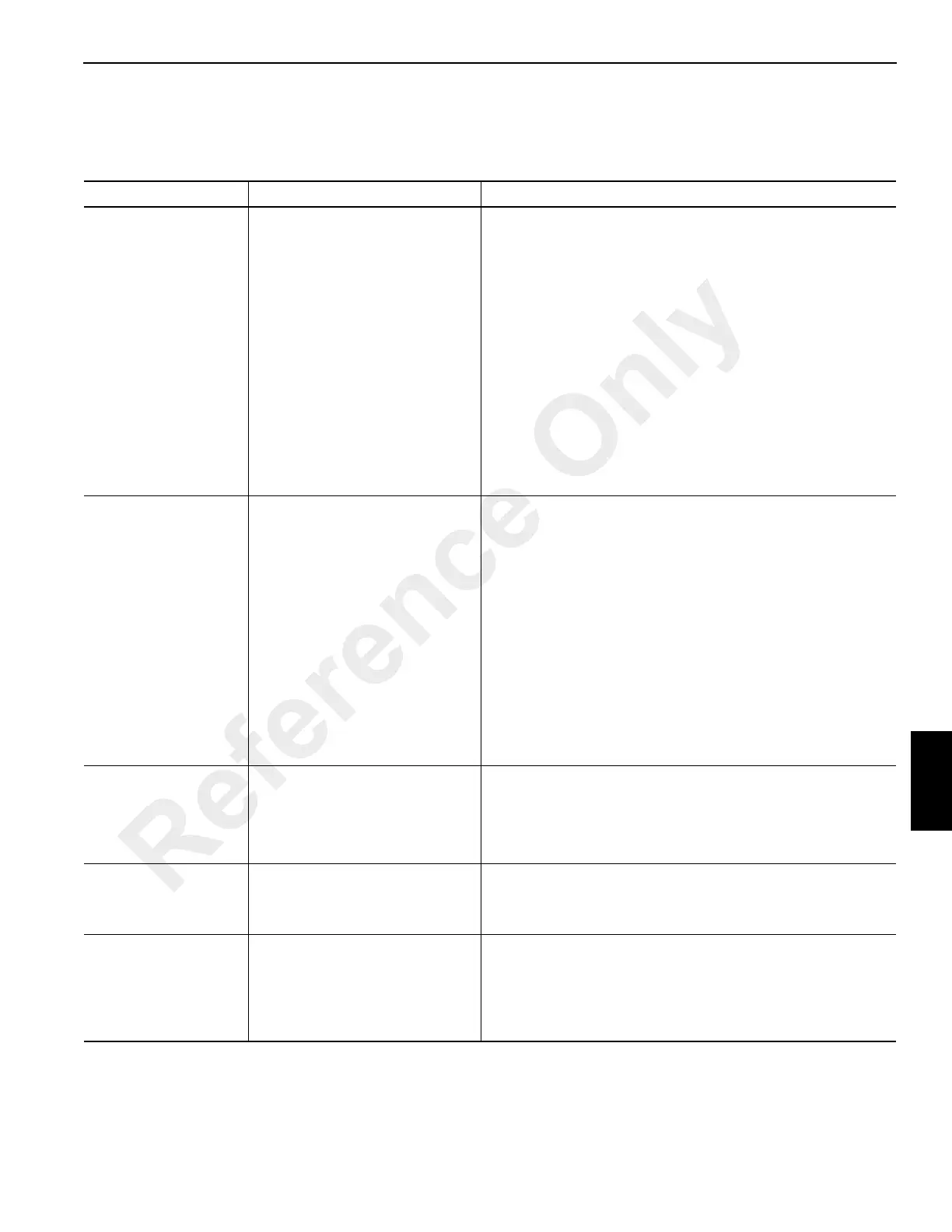